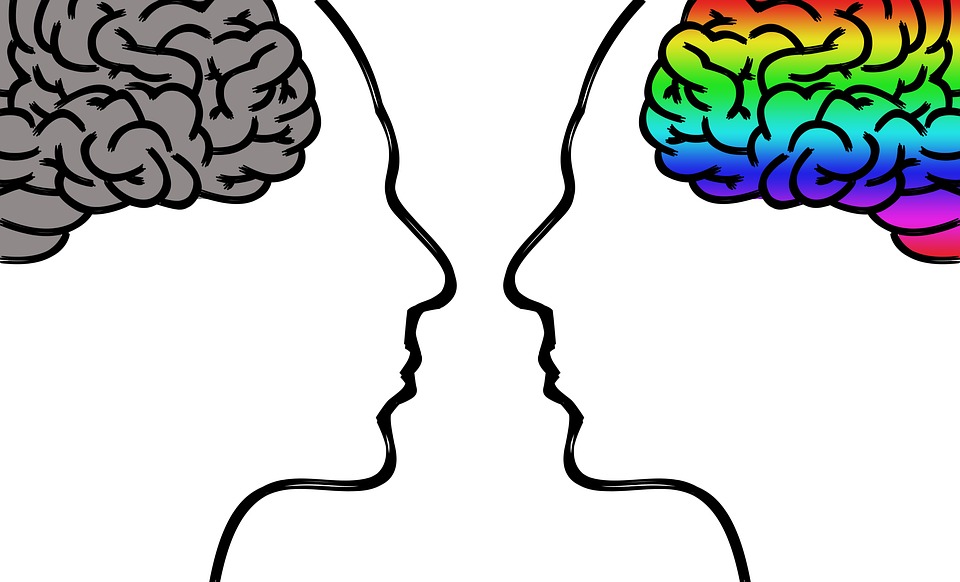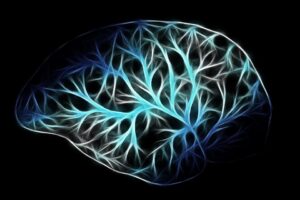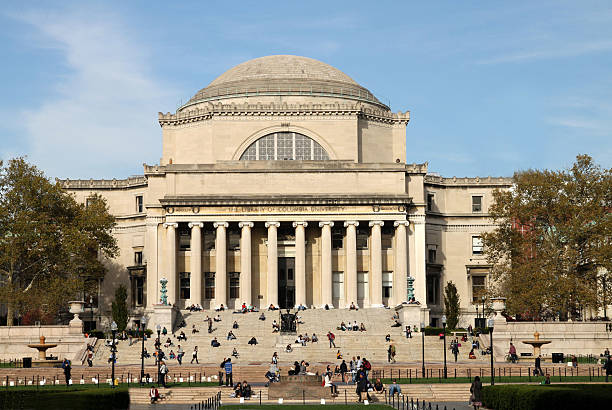
Human Brain
Unraveling the Intricacies of the Human Brain: A Comprehensive Overview:
Human brain is the central organ of the human nervous system. It forms the human body’s central nervous system and the spinal cord. The human brain consists of three parts namely the cerebrum, brainstem, and cerebellum. The brain controls most of the human body’s activities. To accomplish this, the brain gathers data from the sensory nervous system or senses, processes it, organizes and combines the information it has processed and determines what kind of commands to send from the nerve center to the nervous coordinated organ or system in the different human body organs or systems. The human head’s (cranium) skull’s bones house the brain, which is formed of soft tissue.
The human brain’s cerebrum is its biggest region. There are two brain hemispheres within it. Gray matter makes up the cerebrum’s outer layer, which encircles the white matter medulla. The considerably smaller outer layer of the outer brain and the outer layer of the neobrain make up the two portions of the outer layer. The neocerebral cortex consists of six neuronal layers, while the primordial cortex consists of three or four layers. The parietal lobe, the parietal lobe, the posterior lobe, and the parietal lobe are the four lobes that usually make up each cerebral hemisphere.

Nurturing the Mind’s Symphony: The Parietal Lobe’s Role in Executive Function and Perception:
Executive skills including self-control, planning, reasoning, and abstract thought are linked to the parietal lobe. Conversely, the posterior portion performs the vikshana function, which involves seeing or darshan. Each outer layer has different areas that are related to specific tasks. Such as the sensory cortex, emotional cortex, and attachment zones. Lateralization of brain function is the process by which certain tasks are attributed to one brain hemisphere, even if the left and right hemispheres operate and are created equally overall. For example, language is related to the left brain, and spatial perception to the right brain. Carotid fibers, the biggest of which is known as the cerebral cortex, link the hemispheres to one another.
Deciphering the Intricate Machinery of Brain Function: From Structures to Neural Networks:
The brainstem connects the spinal cord to the cerebrum. The brainstem consists of the midbrain, cerebellum, and spinal cord. The cerebellum is connected to the brainstem by a pair of cerebellar peduncles. Within the cerebrum lies the cerebrum system, which consists of four interconnected cerebrums. Cerebrospinal fluid is produced and circulated within these cavities. Several important structures or organs are located under the outer layer of the cerebrum, among which the thalamus, epithalamus, hypothalamus, subthalamus, pineal gland, and pituitary gland are notable.
There are also peripheral structures, including the amygdala and the hippocampus; Clostridium (clostrum), the various cell centers of the pituitary glands; Forebrain structures and the three cavernous bodies. Brain cells include nerve cells (neurons) and their supporting nerve cells (glial cells). The human brain contains more than 86 billion neurons and the same number or more other cells. Because nerve cells are linked and release substances called neurotransmitters in response to nerve stimulation, the brain functions. Neurons form an elaborate neural network consisting of pathways and circuits. The neurotransmission mechanisms power this whole circuitry.

10 interesting facts about the human brain:
The human body is a complex system. For thousands of years, doctors and researchers have been experimenting and speculating about it. It also produced a variety of interesting results.
The human brain is the most important and complex part of the body. It is not possible to know all the information about it. But we can know some interesting information today-
1. The blood flow from the brain to the entire body in the nerves of our body is about 170 miles per hour. This is why we can respond to any job very quickly. We can express all our feelings like likes, dislikes, suffering, happiness, etc very quickly.
2. The efficiency of our brain is about the same as a 10-watt electric lamp. That’s why in various cartoons, a light goes on above his head when he thinks. A man’s brain still stores energy like a small lamp while he sleeps.
3. According to Encyclopedia Britannica, the human brain can remember a lot of information at once about 5 times. According to scientists, the storage capacity of the brain ranges from 3 to 1000 terabytes. Britain’s National Archives records the past 900 years of history. If you want to know the whole of it, it will take up 70 terabytes of your brain.
4. Your brain uses only 20% of the oxygen you take in with breathing. The brain is 2% of our body mass. However, the brain consumes more oxygen than the rest of the body. So take more breaths to make the brain happier and more efficient.
Exploring the Mind’s Secrets: Insights on Dreams, Neurons, Pain, and Brain Structure:
5. Our brain works better at night than during the day. You may think that during the day you are busy with socializing and working, and at night you just sleep. So how does the brain work better at night than during the day? But your brain plays a more functional role after you sleep. So, you can have beautiful dreams at night.
6. Research has shown that the more people dream, the more effective their brain is. The higher their IQ. Dreamers who are anxious about their dreams are unable to quit having them. Many people dream of 2,3 seconds. They have a corrosive effect on the brain. But it is good to dream, whether it is big or small. But don’t worry about it.
7. Neurons also grow during human life. Researchers have studied brain and neural tissue for nearly 4 years to find this information. New information makes the brain grow and illness has a bad effect on the brain.
8. Not all neurons in the brain fire at the same speed. The speed of each of them is different. Which of them moves at 0.5 m/s? And which one moves at 120 m/s?
9. There is no pain perception in the brain itself. Your hand, foot, or any other part of your body that is cut or hurts is not sensed by the brain. Numerous tissues, nerves, and blood vessels envelop the brain. That’s not to say you won’t get headaches. But the brain cannot feel pain.
10. 80% of our brain is water. You may have seen on TV that the brain looks like a jelly-like pink color. which contains a large amount of water and a tissue network made of blood. So drink water whenever you feel hungry.
If you learn more about the human brain visit the website





